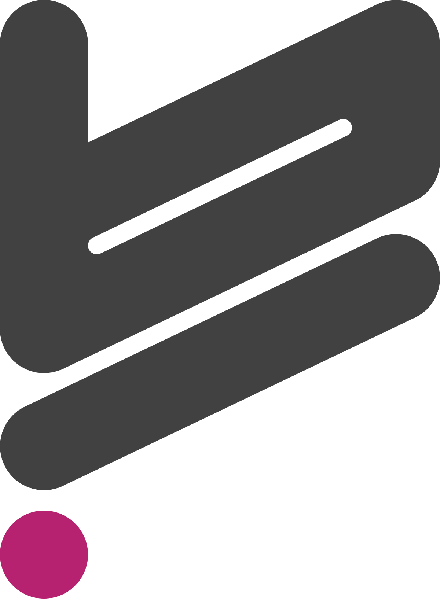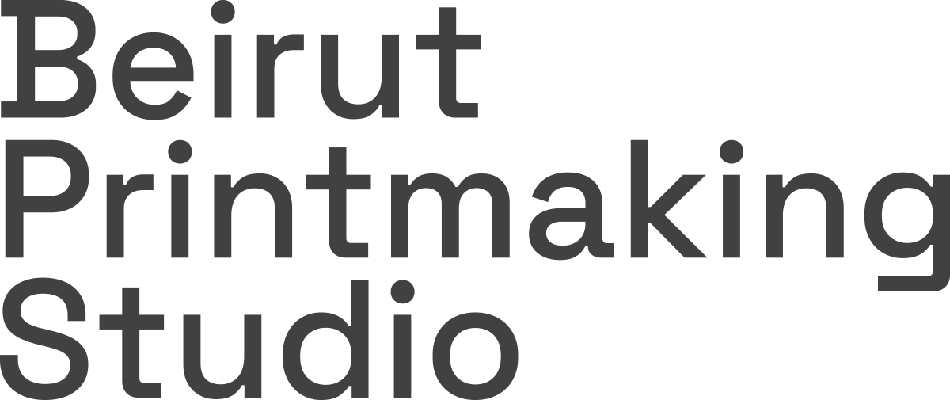Courses
Offered twice per year. Please check schedule on our social media accounts.
Printmaking
Intaglio 101
300USD
12 x 2-hour sessions
This course is an introduction to intaglio techniques. It is intended for beginners who want to learn techniques of intaglio. It is an introduction to the use of the line and tone in printmaking. We will cover the three basic techniques: drypoint, etching, and aquatint. In this course, we will go through the history of printmaking, the works of great masters as well as the work of contemporary printmakers.
LEARNING OUTCOMES:
1- Understand the history of printmaking.
2- Understand the line and tone in printmaking.
3- Explore intaglio as a form of representation.
4- Explore the different materials that can be used as a matrix.
5- Define terms and theory in intaglio processes.
6- Explore philosophy and reading the printed image through the works of master printmakers.
Intaglio 102
300USD
12 x 2-hour sessions
This course explores advanced intaglio techniques. It is intended for those that already took Intaglio 101 and are looking into understanding advanced techniques. It is an introduction to the use of light (instead of line and tone) in printmaking. We will cover the three basic techniques: mezzotint, roulette and burin. In this course we will go through the works of great masters as well as the work of contemporary printmakers working in these techniques.
LEARNING OUTCOMES:
1- Understand the use light in producing an image in intaglio.
2- Understand the tone in printmaking.
3- Explore advanced intaglio as a form of representation.
4- Define terms and theory in intaglio processes.
5- Explore philosophy and reading the printed image through the works of master printmakers.
Photography 101
300USD
12 x 2-hour sessions
This course is intended for those that are curious about learning film photography. First, we will understand all of the functions of the SLR camera and lens as well as all the technicalities of exposure. Participants will learn how to properly use a light meter as well as exposure compensation. We will cover natural light, artificial light, as well as understanding film anatomy. We will explore the works of great masters in photography in portraiture, still life, street photography, and landscape photography as well as some of the readings in the philosophy of the image. Participants will be encouraged to use photography as a storytelling tool. During this course, participants will have to shoot and present 4 different portfolios. (Does not include film. Chemistry and paper are pay-per-use).
LEARNING OUTCOMES:
1- Using SLR camera and lens.
2- Understanding lightmeter, exposure, and its variables.
3- Explore composition & storytelling.
4- Explore natural light & artificial light.
5- Understand film anatomy.
6- Explore reading the photographic image.
Darkroom 102
300USD
12 x 2-hour sessions
This course is an introduction to darkroom techniques. It is intended for beginners who want to learn film development and making enlargements in black & white. It is an introduction to the use of darkroom, chemistry, and equipment. We will cover film development, photographic enlargement as well as the history of these processes. (Does not include film. Chemistry and paper are pay-per-use.)
LEARNING OUTCOMES:
1- Understand the anatomy of film, paper, and chemistry.
2- Understand the chemical and physical processes involved in darkroom photography.
3- Explore photography without a negative.
4- Explore the different developing techniques.
5- Define terms and theory in darkroom processes.
6- Explore making photographic enlargements.
Darkroom 201
300USD
12 x 2-hour sessions
This course is intended for those that already completed Darkroom 101 and are ready for a deeper understanding of processes like, zone system, pushing and pulling film, making your own chemistry from scratch, toning prints and printing using fiber base paper. During this course, participants will have to shoot and present 4 different portfolios. (Does not include film. Chemistry and paper are pay-per-use).
LEARNING OUTCOMES:
1- Understand pushing and pulling film.
2- Explore meetiring using a spot metering.
3- Understand the zone system.
4- Experiment preparing chemistry from scratch.
5- Create photos using fiberbase paper.
6- Explore toning images.
Alt. Photo Cyanotype 301
300USD
8 x 2-hour sessions
This course explores photography through the technique developed by John Herschel during the dawn of photography. Participants will have the hands-on opportunity to work with this vintage technique in order to produce their own chemistry and later print their photographs in different surfaces.We will cover the theory, history and the practice behind this process. (Chemistry, films and paper are pay-per-use)
LEARNING OUTCOMES:
1- Study the history of cyanotypes.
2- Understand the chemical and physical processes involved in cyanotype.
3- Understand the contemporary use of this medium.
4- Explore cyanotype printing in fabric, paper and other materials.
5- Understand darkroom etiquette for cyanotype.
6- Explore making photographic prints in cyanotype.
Alt. Photo Gum Prints 302
350USD
12 x 2-hour sessions
This course is intended for those that already have some darkroom experience. During this course, we will cover the technique discovered by Mungo Ponton for making photographs without the use of noble metals. (Does not include film. Chemistry and paper are pay-per-use).
LEARNING OUTCOMES:
1- Understand the chemistry behind the process.
2- Explore how to make proper negatives for the technique.
3- Understand the preparation of supports for this technique.
4- Experiment preparing chemistry from scratch.
5- Create photos in gum.
6- Explore the possibility of working in color.
Alt. Photo Gumoil 303
350USD
8 x 2-hour sessions
This course explores Gumoil photography as invented by Karl Koenig. Participants will have the hands-on opportunity to work with this vintage technique in order to produce photographs of their own. We will cover the theory, history and the practice behind this process. (Chemistry, oil colors, films and paper are pay-per-use)
LEARNING OUTCOMES:
1- Study the history of gumoil printing.
2- Understand the chemical and physical processes involved in gumoil printing.
3- Explore contemporary works in gumoil.
4- Explore gumoil printing.
5- Understand darkroom etiquette for gumoil work.
6- Explore making photographic prints in this technique.
Alt. Photo Salt Print 304
350USD
10 x 2-hour sessions
This course explores photography from its early beginnings through salt printing and albumen printing. Participants will have the hands-on opportunity to work with this vintage technique in order to produce photographs of their own. We will cover the theory, history and the practice behind this process. (Chemistry, films and paper are pay-per-use)
LEARNING OUTCOMES:
1- Study the history of salt prints.
2- Understand the chemical and physical processes involved in salt ptinting.
3- Understand the role of contrast in salt printing.
4- Explore salt printing and albumen printing.
5- Understand darkroom etiquette for salt printing.
6- Explore making photographic prints in this vintage technique.
Alt. Photo Platinum Palladium Printing 305
400USD
8 x 2-hour sessions
This course explores photography using the nobelest of ingredients. Participants will have the hands-on opportunity to work with this vintage technique in order to produce photographs of their own. We will cover the theory, history and the practice behind Platinum Palladium printing. (Chemistry, films and paper are pay-per-use)
LEARNING OUTCOMES:
1- Study the history of Platinum Palladium printing.
2- Understand the chemical and physical processes involved in this technique.
3- Understand the role of contrast in PP printing.
4- Explore contemporary works in PP printing.
5- Understand darkroom etiquette for PP printing.
6- Explore making photographic prints in using this technique.

